Video doesn’t have to be complicated to be effective.
We all have that friend. You know, that one that receives Word With Friends “Word of The Day” updates and commences to using that word for weeks, months on end, no matter how inappropriate it may sound.
“This cheeseburger is totally disconsolate,” we hear them proclaim.
All we can do is sigh.
There’s no stopping them. Heaven knows, we’ve tried.
We can, however, refrain from making the same mistake with our destination marketing video productions. With so many new technological tools available to us now with the forthcoming surgence of VR and drone video, the tendency is to go all in, cosmic flare in our eyes, with ideas that would take us all around the world. After all, Google informed us that Youtube traffic of travel-related videos went up 118% year after year and that searches pertaining to destination travel accounted for more than 70% of the activity. Seemingly, this is all the data we need to rev up our rocket engines to infinity and beyond.
Easy there, tonto. Before we start flipping benjamins and assume that VR and drone capture will automatically equal higher views and engagement, let’s take a closer look before we start planning our next excursion to Mars.
It’s too early to tell for sure, but so far neither virtual reality nor drone video have completely taken over as the Don Juan just yet. This doesn’t mean they aren’t effective, to throw all of our eggs into either basket, relying solely on the capabilities of these technologies to carry us home, seems inappropriate.
Speaking of Mars: One of the most impressive regarded destination specific VR pieces that exists was created by Lockheed Martin and takes the viewer on a voyage to Mars. More often than not, your destination of marketing interest won’t be Mars, and Lockheed Martin isn’t exactly in the DMO category.
The scenery that drone video is able to capture is clearly enticing. Those splendid, climbing views that give way to lush landscapes and the jaw-dropping swoops-these mainstays of videography are unequivocally here to stay. As terrific as these new tools may be, we’re at risk of becoming just like our Words With Friends counterpart if we utilize VR and drone tech based on its availability. How can we avoid becoming this way?
Videography is about telling a story. No technology at our disposal can ever take the place of a captivating tale. From Shakespeare’s plays thundered out by the tongues of Lord Chamberlain’s Men to the chills that a Neil Gaiman novel delivers to a reader, nothing outweighs the story. And, remember: you have 7 seconds to capture the users attention.
These stories we tell in the sphere of destination marketing-they need not be intricate to be effective. Take this video by Visit Park City for example. From their “My Town” series, the video, while it does include an opening drone shot (and a beautiful one at that), tells the story of a local artist, Bridgette Meinhold, who finds inspiration in the landscapes of Park City. It allows the viewer a look at her unconventional canvas sorcery (or “caustic painting”, in layman’s terms). It succeeds in telling an interesting story. While the drone technology draws the viewer in, one is left wondering what’s taken them so long to book a trip to Park City, and maybe even inspired to take up or get back to an artistic endeavor of their own.
Let’s break down some points that DMOs need to consider with the aim of producing a video with impact:
• Don’t overcomplicate it. Be careful not to stray too far from your intended message and confuse your viewer. Ensure that you can convey your message orally and with clarity before moving forward.
• Ensure you have structure. Your viewer will perceive your video as lacking something if you do not include a clear beginning, middle and end.
• Present a victory. Whether it be finding the perfect location to execute a painting or catching a flight to a meeting just in the nick of time, people love a success story.
• Draw on emotions. Using discretion here is key-you don’t want to overdo it. But drawing some feels from the audience will enhance your destination video.
• Personalize it. People resonate with people. Rather than the viewer walking away from your video wondering who that person was that just told them how great of a place the destination is, let them walk away also feeling like they just made a new friend. Take this example of a resort feature we captured for Florida’s First Coast of Golf.
As destination video continues on its upward journey, VR and drone-based video will settle into their respective place as utilities for storytelling.
But videos that cast aside a great story in favor of simply masquerading cool tech? Well, as our Word With Friends compadre might say, they’ll be totally disconsolate.


